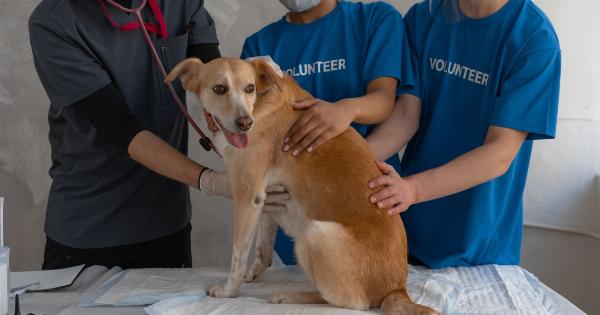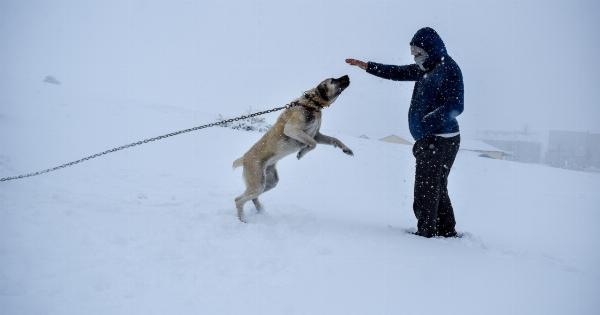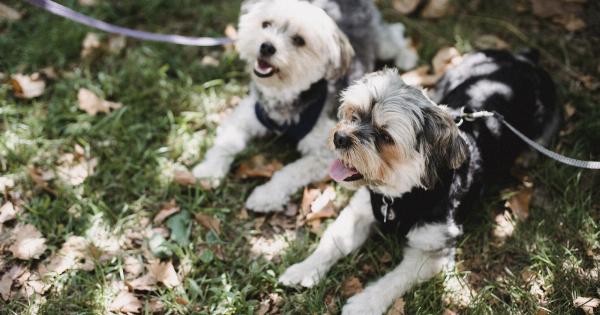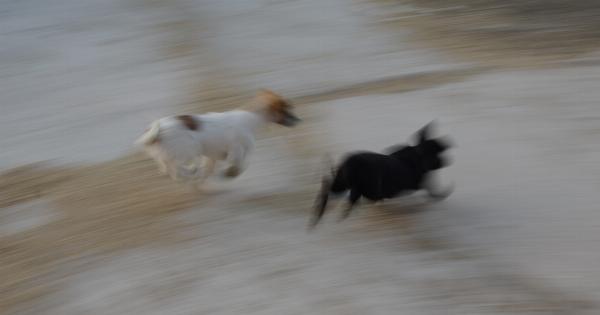Living with blindness can present numerous challenges in day-to-day life. Simple tasks such as navigation, crossing roads, and even basic mobility can become overwhelming for individuals who are visually impaired.
However, with the help of specially trained seeing eye dogs, the lives of the blind can be significantly improved. In this ultimate guide, we will explore the essential aspects of seeing eye dogs, their training process, benefits, and how they enhance the lives of visually impaired individuals.
What are Seeing Eye Dogs?
Seeing eye dogs, also known as guide dogs or assistance dogs, are trained to guide individuals with visual impairments by leading them around obstacles and signaling commands.
These highly skilled canines undergo rigorous training to ensure they can handle various situations and assist their blind handlers effectively.
The Process of Training Seeing Eye Dogs
The training of seeing eye dogs is a complex and multi-step process. It begins with carefully selecting suitable dog breeds known for their intelligence, calm temperament, and desire to please.
Some commonly preferred breeds for seeing eye dog training include Labrador Retrievers, Golden Retrievers, German Shepherds, and Standard Poodles.
Once a potential candidate is identified, they go through a series of tests to assess their physical abilities and behavioral traits. This screening process ensures that only the most suitable dogs are chosen for training.
Puppy Raising and Socialization
After being selected, the puppies are placed with volunteer puppy raisers who provide them with a loving home, basic obedience training, and exposure to various social environments.
This critical period ensures that the future seeing eye dogs develop important social skills and adapt to different settings.
Specialized Training
When the puppies reach around 12 to 14 months old, they return to the seeing eye dog training center for intensive specialized training.
This stage focuses on honing their skills in guiding their handler, navigating obstacles, and following commands with precision.
The dogs are trained to stop at curbs, stairs, and drop-offs to ensure the safety of their handlers.
They also learn to navigate through crowded areas and ignore distractions, fostering a strong bond of trust and dependence between the dog and its handler.
Matching Guide Dogs with Handlers
Once the dogs successfully complete their training, they are paired with blind or visually impaired individuals based on various factors such as lifestyle, mobility needs, and individual preferences.
The training centers make careful and personalized matches to ensure a strong bond between the dog and handler, facilitating effective communication and cooperation.
Benefits of Having a Seeing Eye Dog
Having a seeing eye dog by their side offers numerous benefits to blind individuals:.
- Increased Mobility: Guide dogs provide a sense of independence by safely guiding their handlers through their surroundings, allowing them to navigate obstacles with confidence.
- Improved Safety: These highly trained dogs help their handlers avoid potential hazards, including road crossings and uneven surfaces.
- Emotional Support: Seeing eye dogs offer companionship and emotional support, reducing feelings of isolation and providing a constant source of unconditional love.
- Enhanced Confidence: With a guide dog by their side, blind individuals often experience increased self-assurance and a greater willingness to engage in various activities.
- Opening Social Opportunities: Guide dogs act as natural conversation starters, facilitating social interactions and allowing blind individuals to connect with others more easily.
Responsibilities of a Seeing Eye Dog Handler
While guide dogs provide invaluable assistance, it is essential for their handlers to fulfill certain responsibilities:.
- Regular Exercise: Seeing eye dogs require regular exercise to maintain their physical and mental well-being.
- Proper Nutrition: Ensuring that the guide dog is fed a balanced diet is crucial to their health and longevity.
- Grooming: Regular grooming and hygiene practices are necessary to keep the guide dog clean and comfortable.
- Healthcare: The handler must prioritize the well-being of their guide dog by scheduling regular veterinary check-ups and promptly addressing any health concerns.
- Training Reinforcement: Continuing to reinforce training commands and providing mental stimulation ensures the ongoing effectiveness of the guide dog.
Public Etiquette and Interactions with Guide Dogs
When encountering a visually impaired individual and their guide dog, it is important to be respectful and considerate. Some essential tips to follow include:.
- Refrain from Distractions: It is crucial to avoid distracting the guide dog while they are working, as their full attention should be on their handler.
- Ask Before Assisting: Always ask the handler first before offering help, as blind individuals are accustomed to working independently with their guide dogs.
- Avoid Petting the Dog: While guide dogs are friendly, they are working animals and should not be petted without permission from the handler.
- Respect Personal Space: Maintain an appropriate distance to allow the guide dog and handler to maneuver comfortably.
- Do Not Separate the Team: Never separate the guide dog and its handler without explicit permission, as they rely on each other for safety and guidance.
Conclusion
Seeing eye dogs play a vital role in empowering blind individuals, enhancing their independence, and offering unwavering support.
Through their rigorous training and unwavering dedication, these incredible canine companions create a bridge between the visual world and the visually impaired, making everyday experiences more accessible and enjoyable. With the immense benefits they provide, it is no wonder that seeing eye dogs are truly the ultimate guide for the blind.































